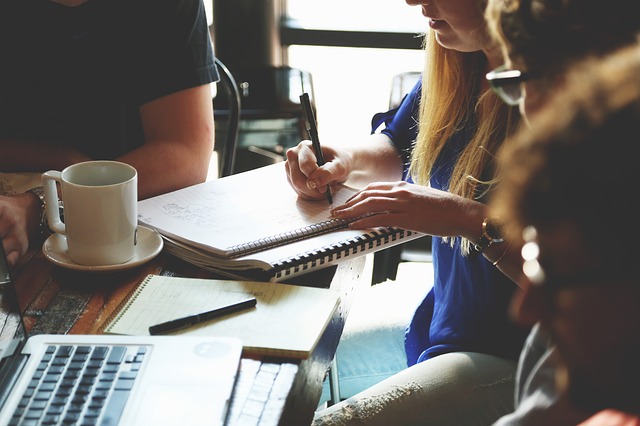
If you work in communications, you’ve probably gotten questions about the need for a communications budget. It’s understandable – clients want to know they’re spending wisely. But some want to understand why they should pay for communications at all. After all, can’t they just do it themselves?
Here are 5 common communication myths, and why there are better ways to help clients achieve their goals.
- “We told people that already.”
Sure you did. But your target audience has probably forgotten. Or they never heard it in the first place. Or they’re confused about what it means. One of the tenets of good communications is that people need to hear things multiple times, and often through various means – print, electronic and especially in-person – before they really understand what you’re trying to tell them. So set aside your concerns and Repeat, Repeat, Repeat.
- “Don’t change a single word.”
The author has worked hard on her speech, slides, script or annual letter and feels understandable pride of ownership. And our job as communicators is to help our clients’ true voice come through. But it’s up to us to vet the copy with a seasoned eye, to ensure they’re saying what they intend. By insisting that nothing be changed, the opportunity to improve those words or – at the very least – prevent unintentional errors or confusion due to convoluted language, is lost.
- “Our audience understands these terms – there’s no need to explain them.”
You may be writing for a technical audience, but there are a lot of other constituents who may be reading your material too – many of whom have only a passing knowledge of the specific topic, and want to learn more. For example, they could be potential customers who understand their own process, but not the minute details of the technology you’re trying to sell them.
Make sure your content is as clear and simple as possible. Define technical or industry terms that can confuse or turn off readers. Those who want to delve deeper will ask for more.
- “We just need a brochure.”
Clients who come asking for “just a brochure, sell sheet or other marketing piece” to give to customers often are positive they need only that – or they’re limited by budget so they must scrimp. Before saying yes, help your client think strategically to determine the target audience, what they need to know and the best tool for the job. Often, after a conversation about specific goals, clients leave not with plans for a brochure, but an understanding of the most effective tactics for the job, and a workable plan to deliver them.
- And, finally: “We can communicate ourselves – we don’t need to hire someone.”
Anyone who has watched a home improvement show where experts are called in to fix “Do it Yourself” (DIY) mistakes understand the need to hire the right people to do the job right the first time. The same is true for communication, especially as the size of your business grows. Sure, your clients are communicating with their employees every day, but when it comes time to launch a new product or restructure a function or organization, clients need to focus on their own core competencies.
It’s far better – and easier — to work with communicators who have the expertise to implement and manage a plan to support the business strategy. You’ll get better bottom-line results AND avoid expensive and potentially embarrassing stumbles from the DIY approach that seemed so cost-effective at the outset.
Author: Kristina Schurr

